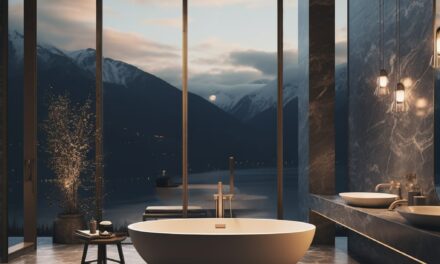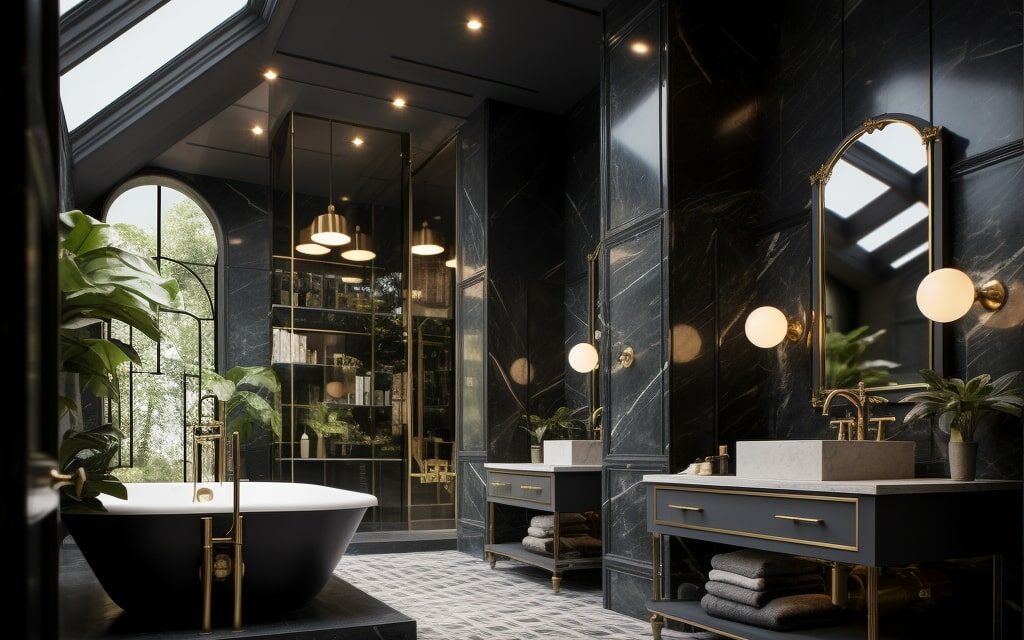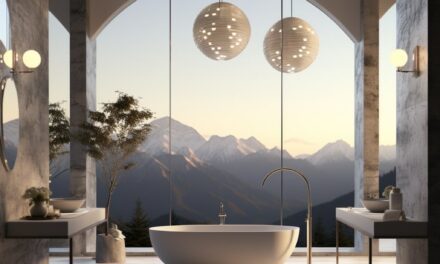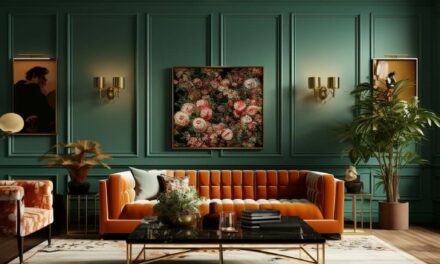Welcome to our guide on radiation in interior design. Although radiation may sound like a complicated and intimidating concept, it is a crucial consideration for creating spaces that are visually appealing and safe for occupants. So, what is radiation in interior design? Broadly speaking, it refers to the emission of energy from a source, which can impact the ambiance and atmosphere of a space.
Designers must understand the importance and impact of radiation on indoor environments to create balanced and harmonious spaces. This article will explore the meaning of radiation in interior design, its effects, measurement, control, and safety. We will also provide real-world examples to showcase the impact of radiation-conscious design on the overall functionality and aesthetics of spaces.
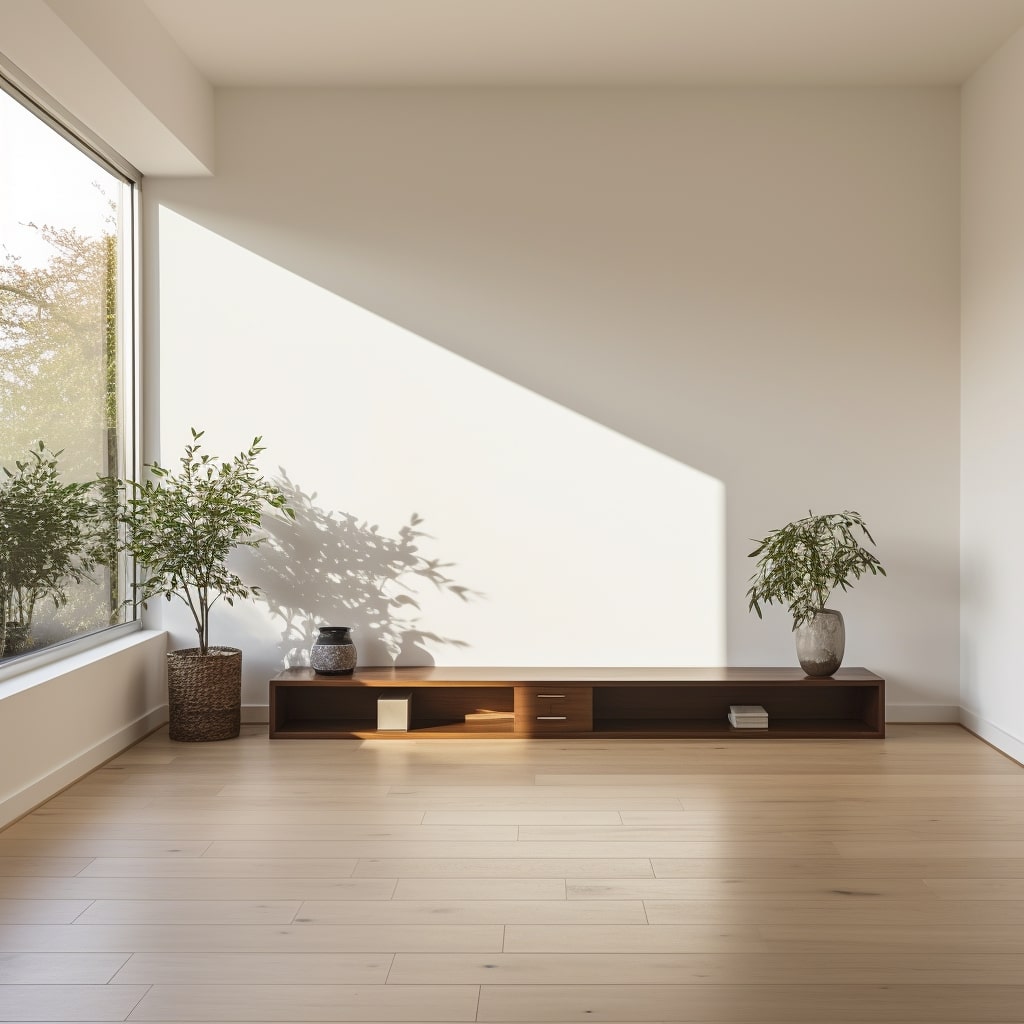
What Is Radiation in Interior Design?
When it comes to interior design, radiation may not be the first thing that comes to mind. However, it is an important factor to consider in creating a comfortable and safe living or working space. Radiation refers to the emission of energy from a source in the form of waves or particles. In interior design, radiation can come from natural sources such as the sun, as well as artificial sources like electronic devices and appliances.
Understanding radiation in interior design involves recognizing the different types of radiation that exist. Some types of radiation are harmless, while others can pose a health risk if exposure levels are not controlled. For example, ultraviolet (UV) radiation from the sun can cause skin damage and increase the risk of skin cancer, while electromagnetic radiation from electronic devices can cause eye strain and disrupt sleep patterns.
Another aspect of understanding radiation in interior design is recognizing how it affects the overall ambiance and unity of a space. Radiation levels can impact lighting, color, and mood. For example, natural light can enhance the aesthetic appeal of a room and promote a sense of well-being, while artificial light can create a cozy or vibrant atmosphere.
Types of Radiation in Interior Design
There are several types of radiation that can exist in an interior environment. These include:
| Type of Radiation | Description |
|---|---|
| Natural Radiation | Comes from sources such as the sun, the earth’s crust, and cosmic rays. |
| Artificial Radiation | Comes from technological devices such as computers, televisions, and smartphones. |
| Ionizing Radiation | Can cause damage to living tissue, such as X-rays and gamma rays. |
| Non-ionizing Radiation | Not powerful enough to cause direct harm to living tissue, such as radio waves and microwaves. |
Understanding these types of radiation is an important step in designing a space that promotes health and well-being. By controlling radiation levels and sources, you can create a harmonious environment that is both aesthetically pleasing and safe for occupants.
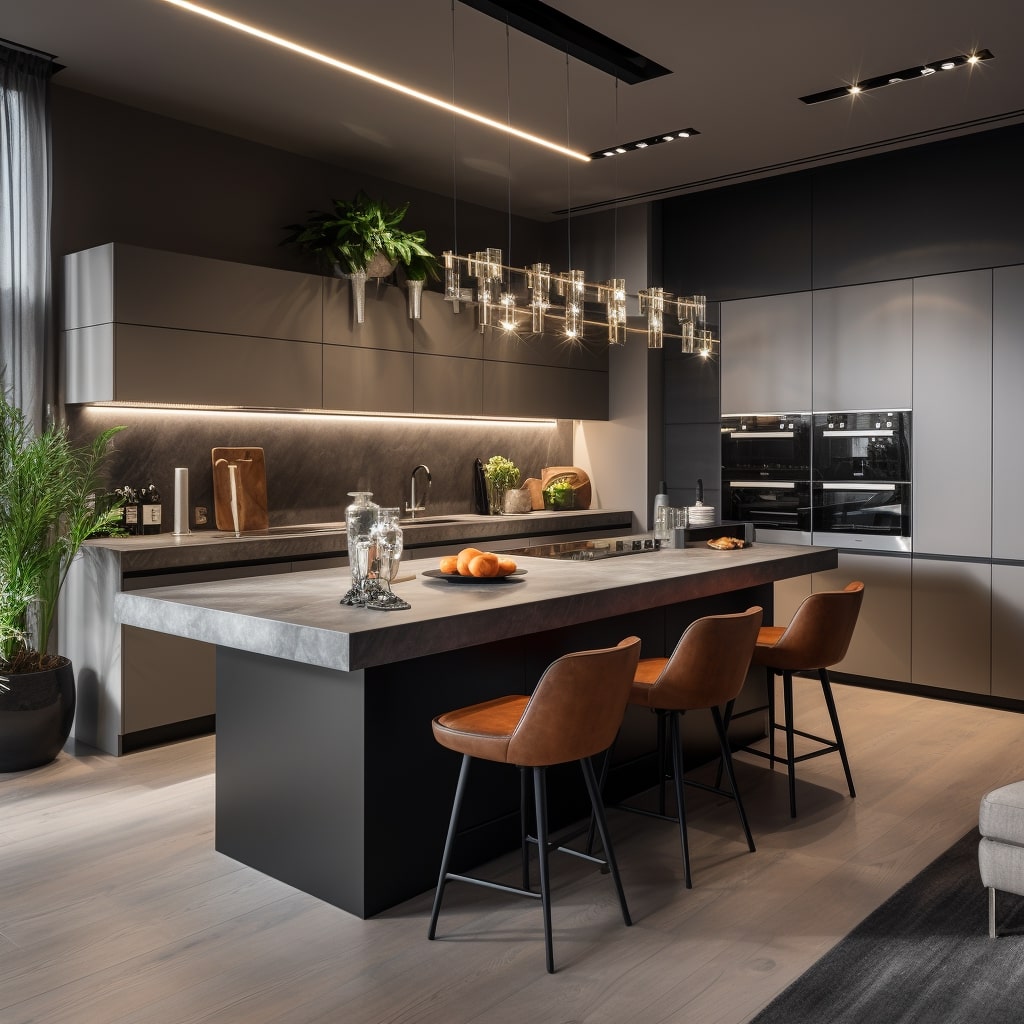

The Importance of Radiation in Interior Design
When it comes to designing a space, radiation is an important factor that should not be overlooked. Radiation, in the context of interior design, refers to the energy emitted by objects, surfaces, and technology in the form of electromagnetic waves. It is a critical aspect of creating a balanced and aesthetically pleasing environment.
Radiation can greatly impact the atmosphere of a space, affecting the mood and well-being of individuals within it. Therefore, it is paramount to consider radiation levels when designing a space.
Effects of Radiation in Interior Design
As discussed earlier, radiation can have both positive and negative effects on individuals in an interior design setting. Let’s take a closer look at both:
Positive Effects of Radiation in Interior Design:
Well-managed radiation levels can have a positive impact on the overall ambiance and atmosphere of a space. Appropriate levels of radiation can help create a relaxed and calm environment, promoting a sense of well-being and positivity.
Infrared radiation, for example, can provide warmth and comfort in a cold environment. It can also help reduce muscle tension and joint pain, making it an ideal addition to spaces designed for relaxation and rejuvenation.
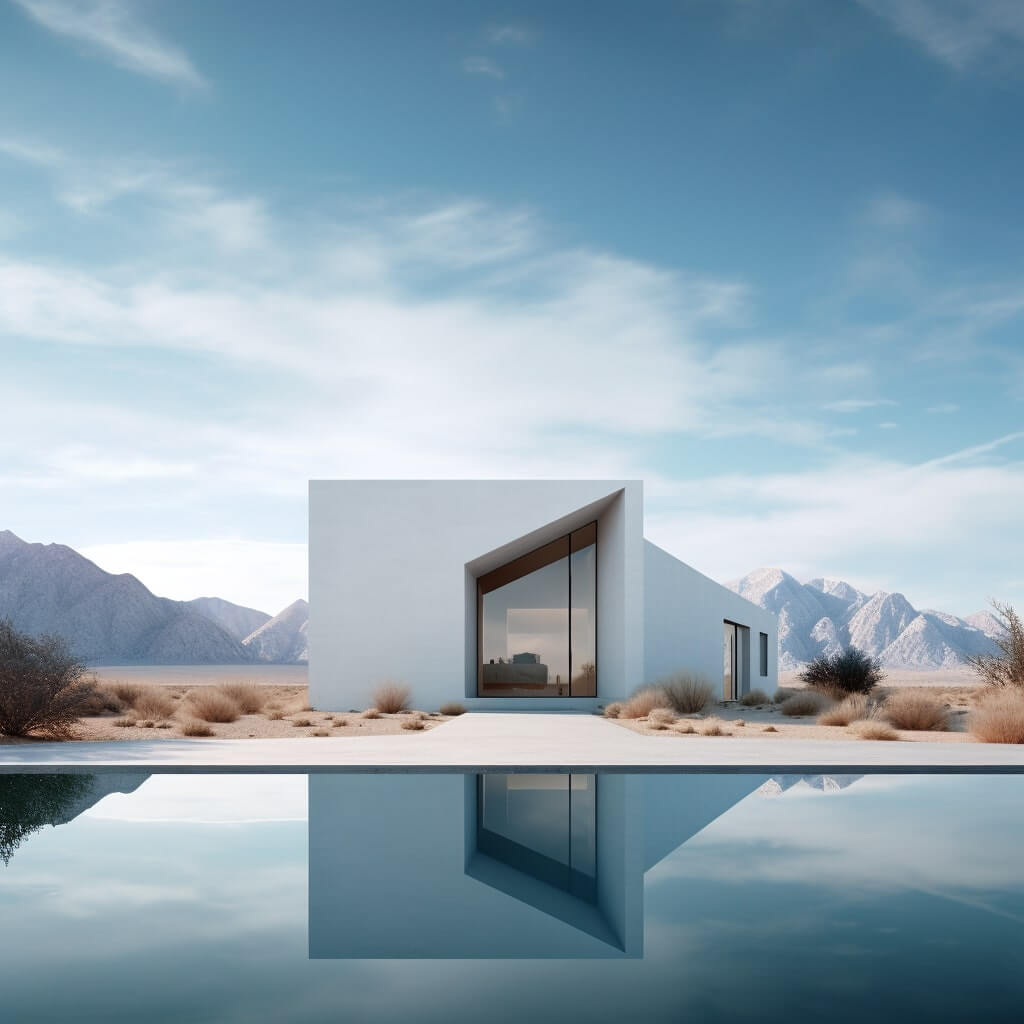

Negative Effects of Radiation in Interior Design:
Excessive or poorly managed radiation levels can have negative impacts on individuals’ health and well-being. High levels of radiation exposure can cause skin irritation, headaches, and even lead to long-term health issues such as cancer.
For example, prolonged exposure to ultraviolet radiation can result in skin burns and increase the risk of skin cancer. Similarly, overexposure to ionizing radiation can result in radiation sickness and increase the risk of cancer and other related diseases.
To avoid negative effects of radiation, it is crucial for interior designers to consider radiation levels when creating spatial designs. It is essential to adhere to radiation safety guidelines and ensure that radiation levels are within acceptable limits.
In the next section, we will explore how designers can integrate radiation safety into their interior design projects.
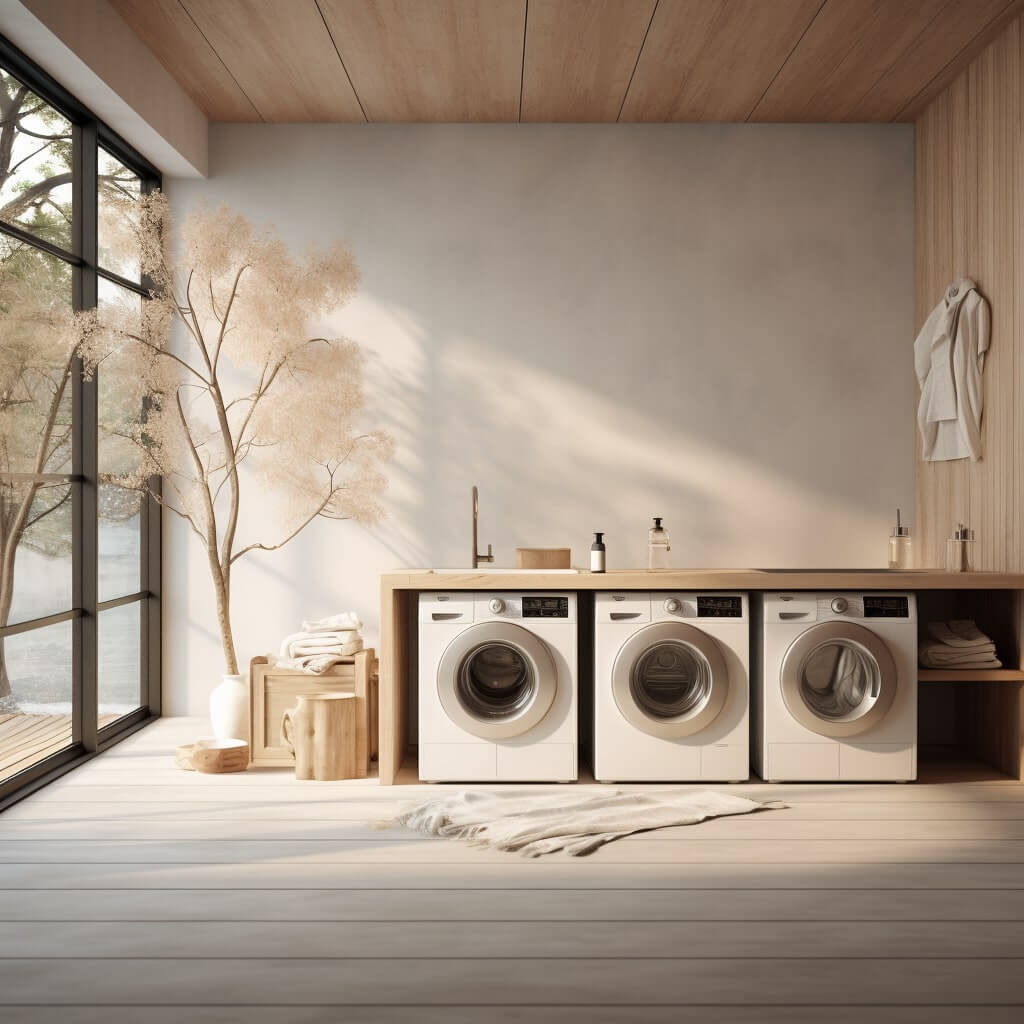

Integrating Radiation Safety in Interior Design
When it comes to interior design, radiation safety should always be a top priority. By prioritizing radiation control, designers can ensure that spaces are not only aesthetically pleasing but also safe and healthy for occupants.
There are several guidelines and best practices that designers can follow to ensure that radiation levels are within acceptable limits. For instance, it is important to choose materials that emit low levels of radiation, such as wood, brick, and marble. Additionally, designers should consider the layout and placement of furniture to minimize radiation exposure.
Many designers find using a minimalist design style helps to reduce radiation in spaces, because of fewer gadgets and more simple, natural textures and materials.
Designing with Radiation Safety in Mind
Designing with radiation safety in mind involves considering the various factors that contribute to radiation levels in a space. These factors include:
- The location of the space (e.g. basement, ground floor, or upper levels)
- The construction materials used
- The type of lighting installed
- The presence of electronics and other devices
By taking these factors into account, designers can make informed decisions about the materials and layout that will minimize radiation levels.
While you’re here: What’s the difference between an interior designer and an interior architect?
Measuring Radiation in Interior Design
Designers can use various tools and methods to measure radiation levels in interior spaces. These tools include:
| Tool | Description |
|---|---|
| Gauge | A handheld device that measures radiation levels |
| Monitor | A device that continuously measures and displays radiation levels |
| Dosimeter | A device that measures and records radiation exposure over time |
By using these tools, designers can ensure that radiation levels are within acceptable limits and take corrective action if necessary.
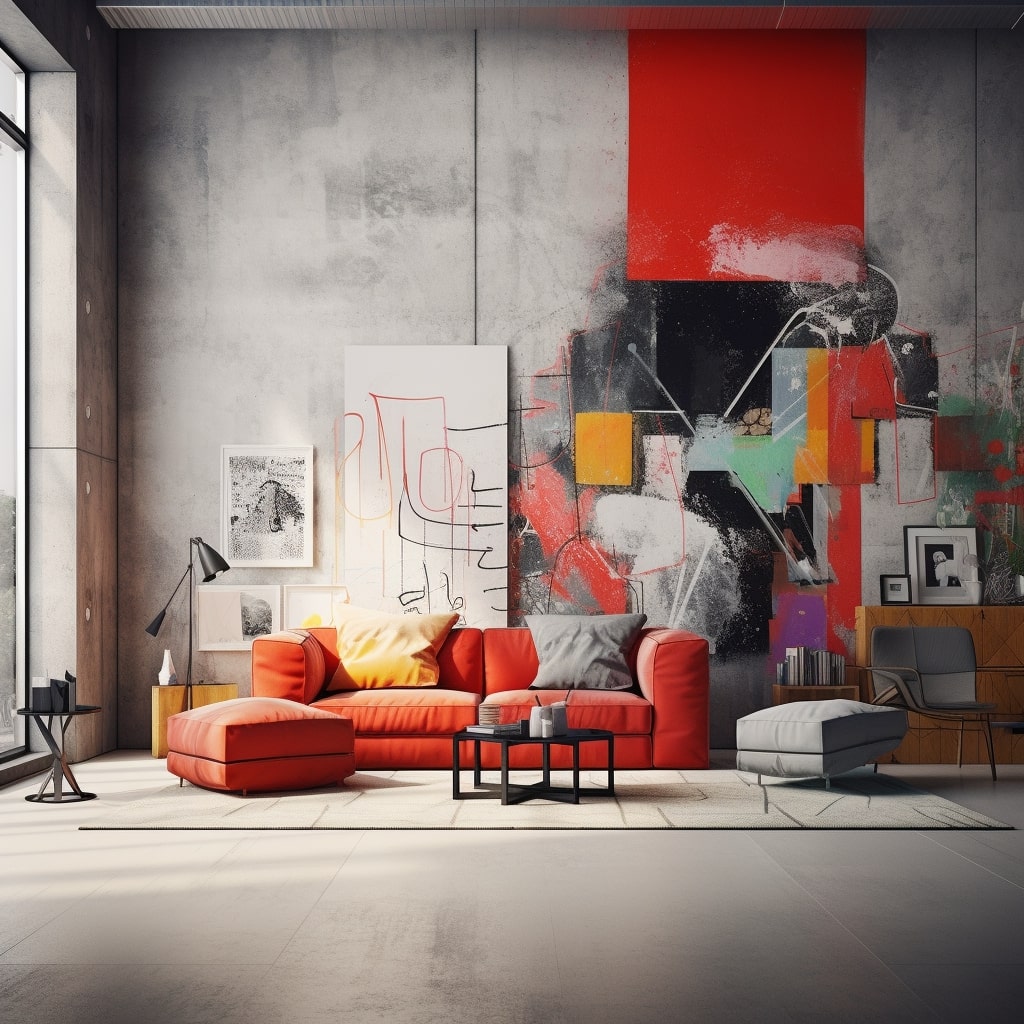

Controlling Radiation in Interior Design
There are several strategies and techniques that designers can use to control radiation levels in interior spaces. Some of these include:
- Choosing low-radiation materials
- Minimizing the use of electronic devices
- Optimizing the layout of furniture and other objects
- Ensuring proper ventilation
By implementing these strategies, designers can create spaces that are both safe and aesthetically pleasing.
Radiation Measurement in Interior Design
Measuring radiation levels in interior design is an essential aspect of ensuring safety and creating a harmonious environment. There are various methods and tools used for measuring radiation in interior design. Let’s explore them in detail:
| Method | Description |
|---|---|
| Radioactivity Meters | These meters measure the radiation levels in different areas of a space. They are easy to use and provide accurate readings. It is crucial to calibrate them regularly to ensure accurate measurements. |
| Thermoluminescent Dosimeters (TLDs) | TLDs are small badges worn by occupants to measure their exposure to radiation. They are effective in monitoring radiation levels in different areas of a space and for different durations. |
| Geiger Counters | Geiger Counters detect and measure the amount of radiation present in a space. They are suitable for monitoring areas with radioactive elements and materials. |
It’s essential to monitor radiation levels in different areas of a space. This helps designers understand where radiation levels are high and where they need to be controlled. Once the radiation levels are measured, designers can take the necessary steps to optimize them, ensuring that they are within acceptable limits.
Controlling Radiation Levels
Designers can use different strategies to control radiation in a space, including:
- Using low-emissivity glass for windows, which reduces the amount of ultraviolet and infrared radiation entering a space
- Using materials with low levels of radon, such as granite and marble
- Designing spaces with good ventilation to ensure that radon and other harmful gases are efficiently removed from the space
- Using lighting fixtures that emit low levels of ultraviolet and infrared radiation
Overall, measuring and controlling radiation levels in interior design is essential to ensuring the safety and comfort of occupants. Designers should prioritize radiation safety and incorporate guidelines and best practices in their design projects to reduce harmful radiation exposure.
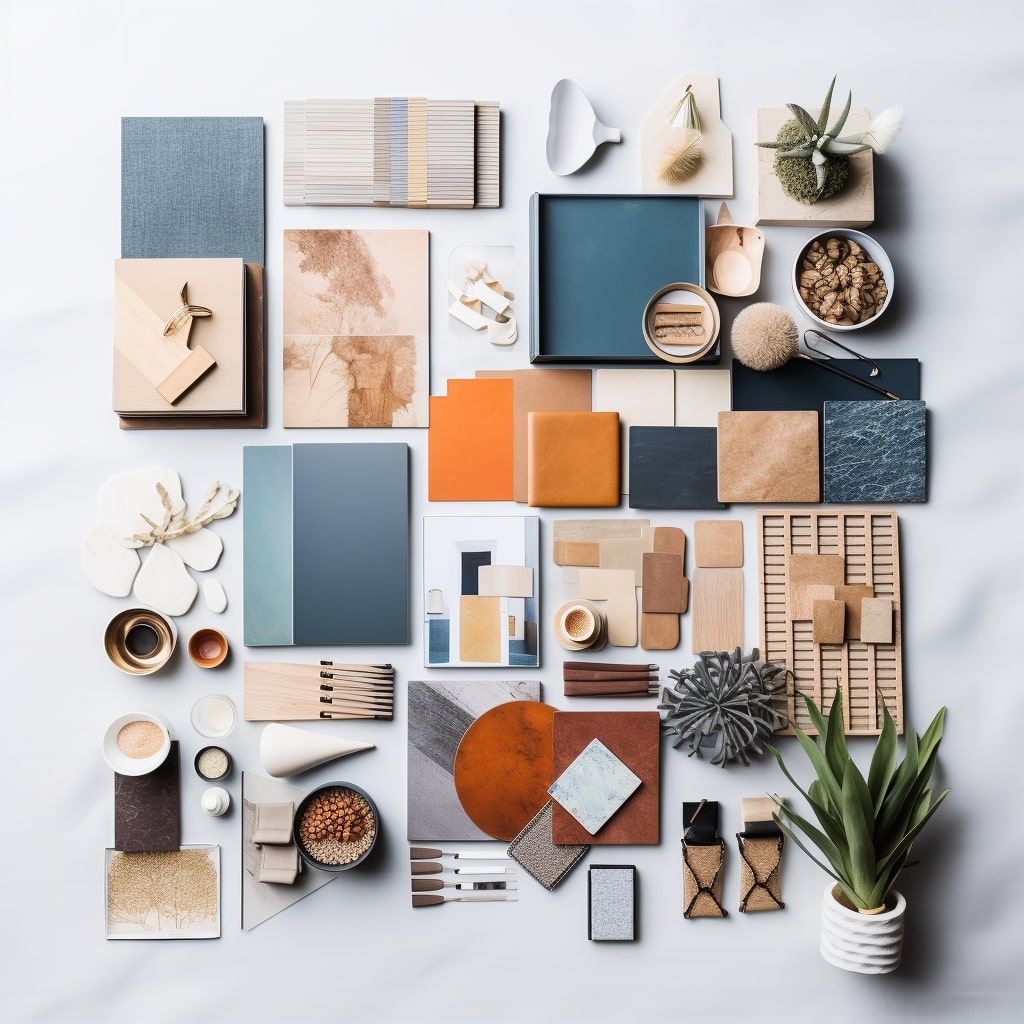

Radiation Control in Interior Design
Controlling radiation levels in interior design is essential for creating safe and healthy spaces. There are several strategies and techniques designers can use to ensure radiation exposure is minimized.
One key consideration is the use of building materials. Materials such as lead and concrete have high radiation absorption properties and can be used to shield spaces from external radiation sources. Additionally, designers can opt for low-emissive coatings and materials that emit low levels of radiation.
Another effective strategy is to incorporate adequate ventilation systems. Proper ventilation can help prevent the buildup of radon gas, a natural source of radiation that can accumulate in poorly ventilated spaces.
Layout considerations can also be implemented to control radiation levels. For instance, designers can place high-radiation-emitting equipment such as X-ray machines in designated rooms that are well-ventilated and shielded from other areas.
Overall, radiation control in interior design requires a comprehensive approach that considers all potential sources of radiation and their impact on the space and its occupants.
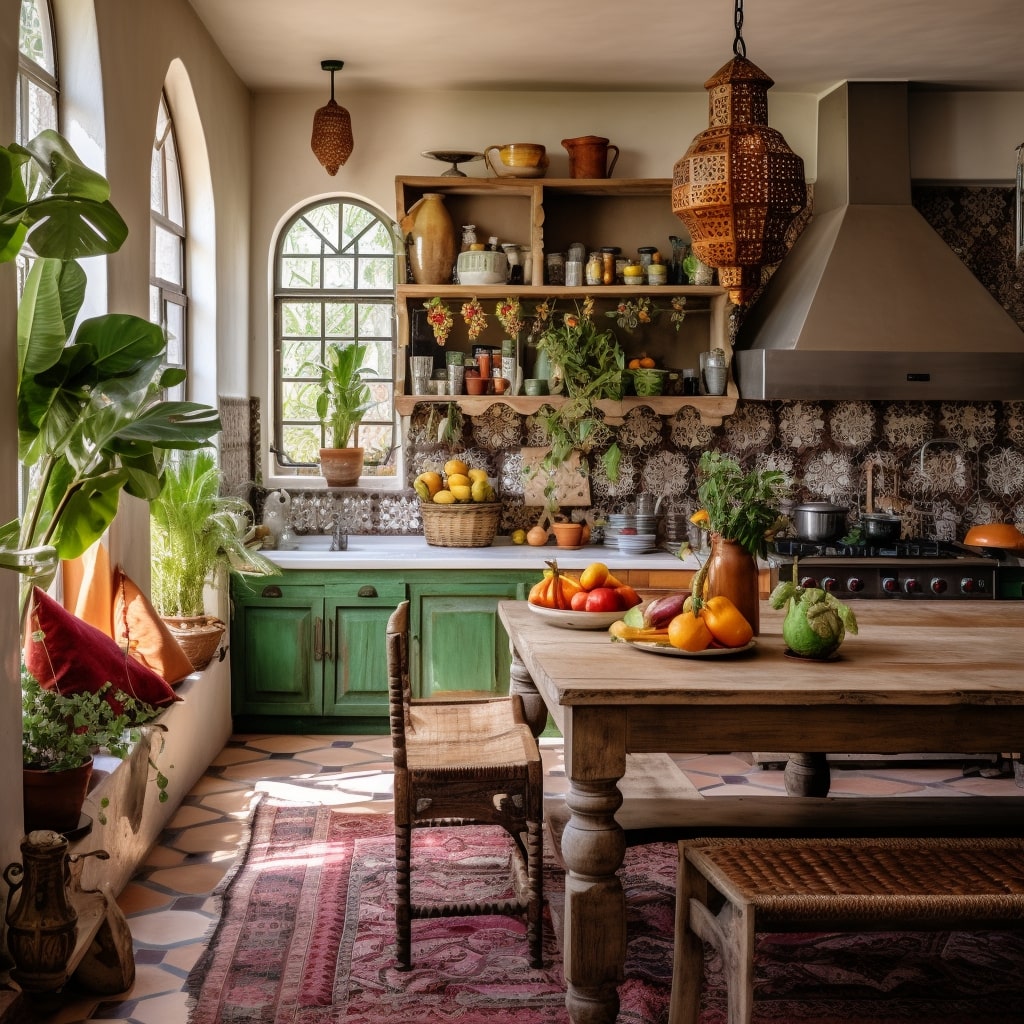

Case Studies: Radiation-Friendly Interior Design Examples
Implementing radiation-conscious design principles does not have to compromise a space’s functionality or aesthetic appeal. In fact, integrating radiation safety measures can enhance the overall design. Here are some examples of radiation-friendly interior design projects:
Vietnamese Family Apartment by Landmak Architecture
Landmak Architecture’s Vietnamese Family Apartment showcases how designers can incorporate radiation safety measures without creating a sterile or clinical atmosphere. The apartment features lead-lined walls, which block electromagnetic radiation, while still maintaining a warm and inviting ambiance. The designers also used low-emittance glass to reduce heat transfer, resulting in a more energy-efficient and comfortable living space.
| Design features: | Lead-lined walls | Low-emittance glass |
|---|---|---|
| Result: | Reduced electromagnetic radiation exposure | Increased energy efficiency and comfort |
St. Olav’s Hospital by Nordic Office of Architecture
Nordic Office of Architecture’s design for St. Olav’s Hospital in Norway prioritized radiation safety, especially in areas used for radiation therapy and imaging. The designers used concrete walls and lead glass to shield patients and staff from ionizing radiation. They also incorporated colored lighting to create a calming and welcoming ambiance for patients undergoing treatment.
| Design features: | Concrete walls | Lead glass | Colored lighting |
|---|---|---|---|
| Result: | Reduced ionizing radiation exposure | Calming ambiance for patients |
Alaska Airlines Lounge by Graham Baba Architects
Graham Baba Architects designed the Alaska Airlines Lounge at Sea-Tac airport with radiation safety in mind. The lounge features partitions made of hummus-like material, which contains boron and reduces exposure to non-ionizing radiation. The design also includes a variety of natural materials, such as reclaimed wood and stone, to create a warm and inviting atmosphere.
| Design features: | Boron-infused partitions | Natural materials |
|---|---|---|
| Result: | Reduced non-ionizing radiation exposure | Warm and comfortable ambiance |
These examples illustrate how radiation-conscious design can be seamlessly integrated into any interior design project, regardless of the space’s purpose or style. By prioritizing radiation safety, designers can create beautiful and functional spaces that also promote the health and well-being of their occupants.
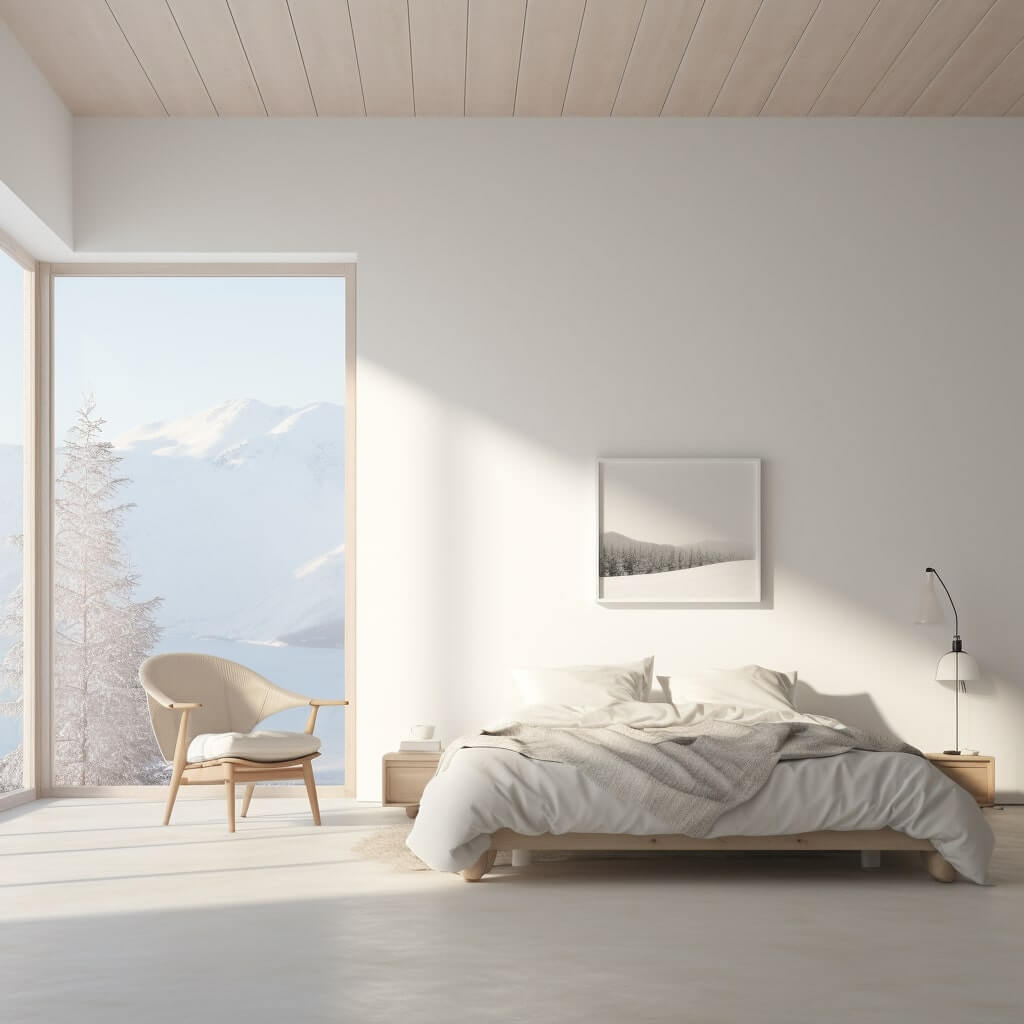

FAQ – Answering Common Questions about Radiation in Interior Design
What is the most common source of radiation in our homes?
The most common source of radiation in our homes is radon gas. Radon gas is a natural byproduct of the breakdown of uranium in the soil. It can seep through the foundation of a home and accumulate in enclosed spaces, leading to potentially hazardous levels of radiation. Other sources of radiation in homes include building materials, appliances, and electronic devices.
What are the symptoms of radiation exposure?
Symptoms of radiation exposure can vary depending on the type and amount of radiation exposure. Some common symptoms include nausea, vomiting, hair loss, skin burns, and radiation sickness. It’s important to note that high levels of radiation exposure can be life-threatening and require immediate medical attention.
How can I measure radiation in my home or office?
There are a variety of tools and techniques used to measure radiation in homes and offices. One of the most common is a Geiger counter, which detects and measures radiation levels. You can also hire a professional to conduct a radiation assessment of your home or office.
What is a safe level of radiation in interior design?
A safe level of radiation in interior design is dependent on a variety of factors, including the type of radiation, the duration of exposure, and the individual’s age and health. Generally, radiation levels should be as low as reasonably achievable. The Environmental Protection Agency (EPA) recommends that indoor radon levels should not exceed 4 picocuries per liter (pCi/L) of air.
How can I reduce radiation exposure in my home or office?
There are a few things you can do to reduce radiation exposure in your home or office. First, ensure that your home or office is properly ventilated to prevent the buildup of radon gas. Second, choose building materials that have low levels of radiation emissions. Finally, limit your use of electronic devices and appliances that emit radiation, and maintain a safe distance from them when in use.
Are there any radiation-friendly design elements I can incorporate in my home or office?
Yes, there are several radiation-friendly design elements you can incorporate in your home or office. For example, using natural materials like wood, stone, and brick can help absorb and disperse radiation. Additionally, incorporating plants into your space can provide a natural way to cleanse the air of radiation.
Can radiation in interior design impact my health?
Yes, radiation in interior design can impact your health. Prolonged exposure to high levels of radiation can lead to serious health problems, including cancer. It’s important to take radiation levels into consideration when designing and decorating your home or office.


